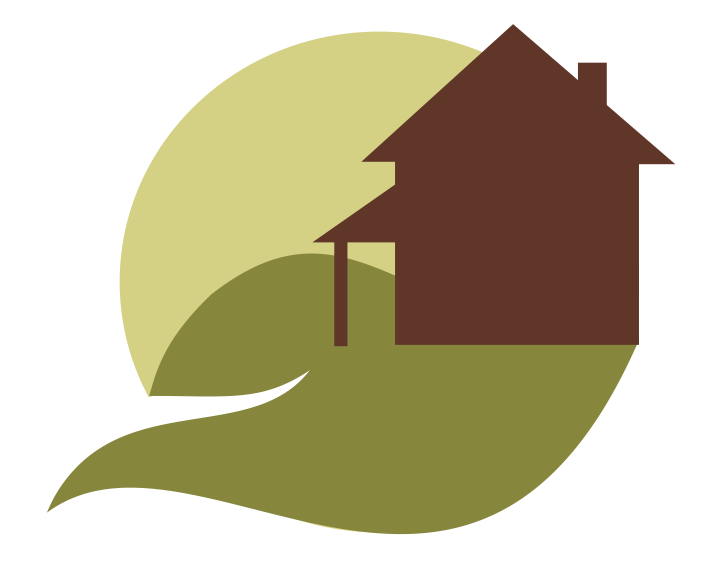Plant of the Month: Allium schoenoprasum Chives
/Overview
Chives (Allium schoenoprasum) are the smallest plant in the onion family. Native to Asia and Europe, this plant grows 2-3 feet tall in clumps, much like grasses. Chives are self seeding and will attract butterflies to your garden. A somewhat unknown fact about chives is that contrasting to its green stalky leaves, purple tuft flowers sprout in the late spring which are edible and make a great addition to any salad.
Care
Chives are extremely easy to care for. They are drought-tolerant and can survive below-freezing temperatures. In terms of growing conditions, chives prefer full sun areas or partial shade. They are not too picky when it comes to soil type and will thrive in normal, sandy, clay, or any dry soil condition.
Chives make for great natural edging in your garden. The leaves can be harvested anytime in the season and are best consumed raw. Their purple flowers will bloom in the late spring, however the flavor of the chive leaves will become bitter once the plant flowers. To prevent the plant from flowering, you can snip/harvest the leaves on a regular basis.
Uses
Healthy Herb: Chives and their flowers are full of vitamins and minerals (vitamin C, potassium, iron, etc!) that boost metabolism, aid digestion, improve immune systems, and can even help lower cholesterol. Chives also contain choline, which absorbs fat and reduces inflammation. These benefits are best brought out when chives are eaten raw.
Friendly Flower
While growing, chives are known to repel aphids (a.k.a greenflies and blackflies) who typically are attracted to tomatoes, carrots, roses, apple trees, mums, and sunflowers. Strategically planting chives alongside these flowers and veggies will reduce the need for store bought pesticides.
Food & Drink
As cool fall winds begin to blow, put your chives to good use with this Chive and Cheddar Cheese Cornbread recipe --pairs perfectly with a warm bowl of chili on chilly nights!


